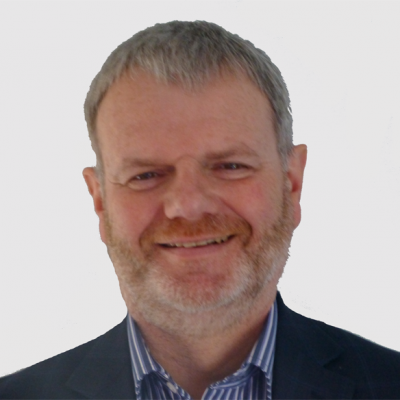Six ways to harness the power of people and place to improve health care
20 May 2015

This is the first of two blogs I have written because of my increasing frustration with the failure to take up excellent ideas in health care. There is no shortage of creativity when it comes to ideas that would improve the commissioning and delivery of health care in the UK but, despite this abundance, there is widespread failure to implement these, embed them into standard practice or spread good practice.
Indeed, one of the highest hurdles we face is the sheer number of great ideas out there! They come from every direction – patients and service users, clinicians and managers working in health at every level, pressure groups, think tanks, academia, policy makers and politicians. One recent example, relevant to the content of this blog, would be the Health Foundation’s Constructive Comfort: accelerating change in the NHS.
Amongst this wealth of great ideas, how do people decide which to run with, and having made this choice, how to give them every chance of succeeding?
In an attempt to respond to this challenge, I have pulled together a set of thoughts, based on my experience of working as a leadership and organisational development consultant for many years, including more than a decade in health. I’ve worked with a wide range of individuals, teams, networks and organisations operating mainly in health care systems.
I am aware it is a wide-ranging set of thoughts. They are based on my reflections, observations and experience – drawn from a variety of settings – of what I have seen working in practice. This first blog focuses on people and place; and my second will look at building capability. So, in no particular order:
- Make much greater use of the idea of ‘place’ in determining which services are commissioned and delivered in a particular locality. People often feel a strong sense of identity and allegiance to a particular geographical place, whether that is a town, city or region. That feeling can be harnessed positively in agreeing the type and scale of services which will be provided in a particular location.
- Teams working in health and social care should ideally consist of both clinical and leadership/management expertise. Both are vitally important, and need to be valued equally. This is particularly important at senior levels, right up to and including executive teams and boards, because of their power and influence on decisions. This has recruitment, development and workforce planning implications.
- The default position should be to partner with patients from the outset of any initiative. We know that this is easier in some areas of care than others, but just because it’s difficult, it doesn't mean we shouldn't try. There may well be an educational need here to support professionals in engaging with patients and service users at an early stage, as well as a need to offer support and development to patients and service users when required.
- The importance of getting the right people in the room to discuss particular issues, take decisions and make recommendations for improvement cannot be overstated. It is vital that such a group has the credibility, power and will to make change happen, and the conditions are created to facilitate this. When this happens, the likelihood of change occurring is dramatically increased.
- Too often there is a separation between those charged with designing strategy and those who it is intended will implement it (this relates to my previous point, but is particularly important when formulating strategy). There are several methodologies available, such as Open Space or World Café, which bring together larger numbers of people in the same place at the same time, and enable the design and implementation phases to be integrated. Greater use should be made of these.
- New leaders often fall into the trap of failing to build on what has gone before, because they are in a hurry to make their own mark. This approach runs the risk of alienating the people they are now leading, but who also worked hard with the previous leadership. A more nuanced approach is likely to be more effective in engaging people. In this, the new leaders take the best of what has happened previously and build on this, and at the same time introduce their own ideas to address areas that had been less successful.
So, these are my thoughts on how to harness the power of people and place to improve health care. What are your thoughts – do you think they seem about right, or have I missed anything out? Do leave your ideas in the comments below, I’d be interested to see what you think.
Andrew is a Leadership & Organisational Development Consultant, www.twitter.com/ConstableAndrew
Further reading
Work with us
We look for talented and passionate individuals as everyone at the Health Foundation has an important role to play.
View current vacanciesThe Q community
Q is an initiative connecting people with improvement expertise across the UK.
Find out more

